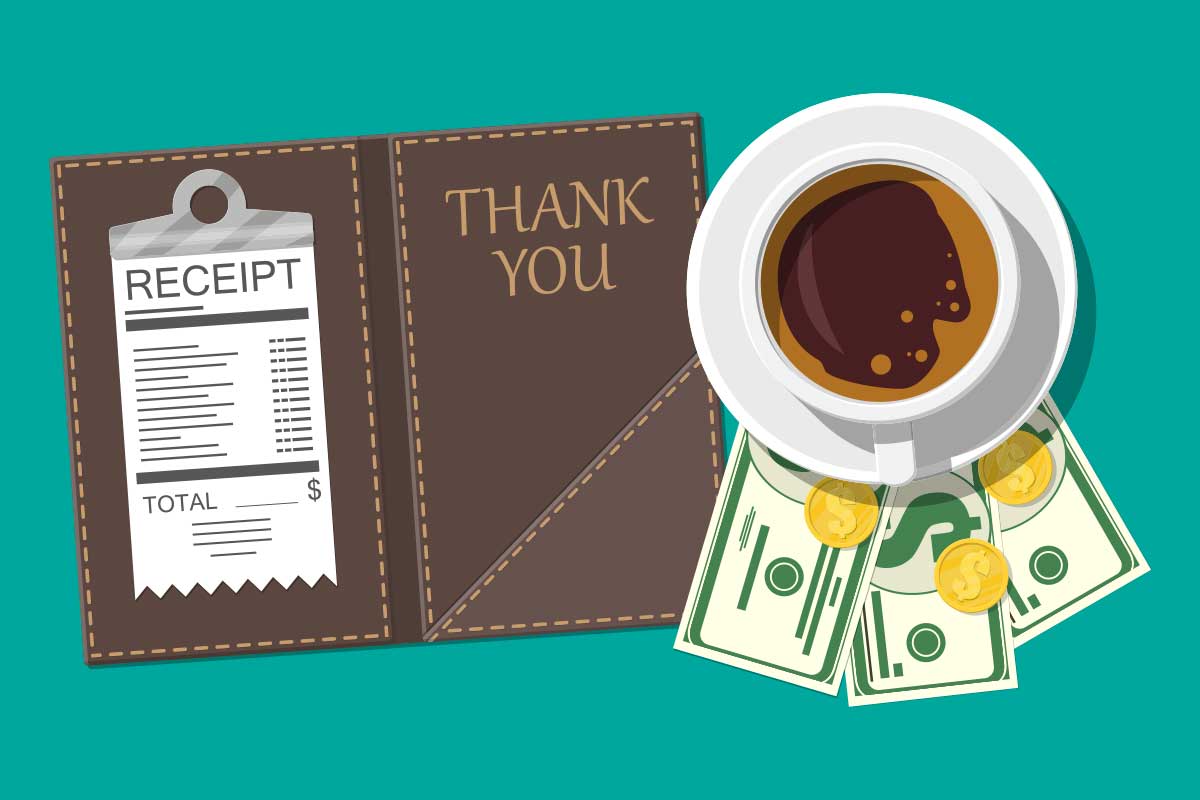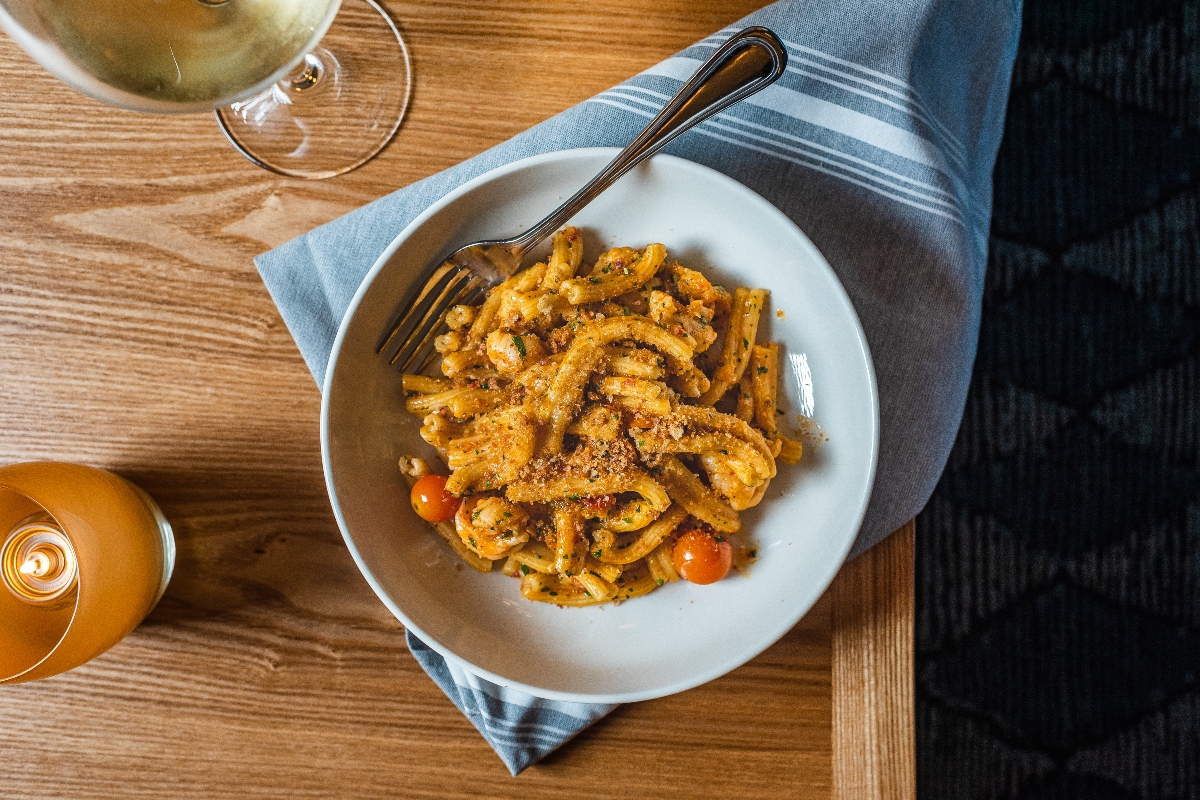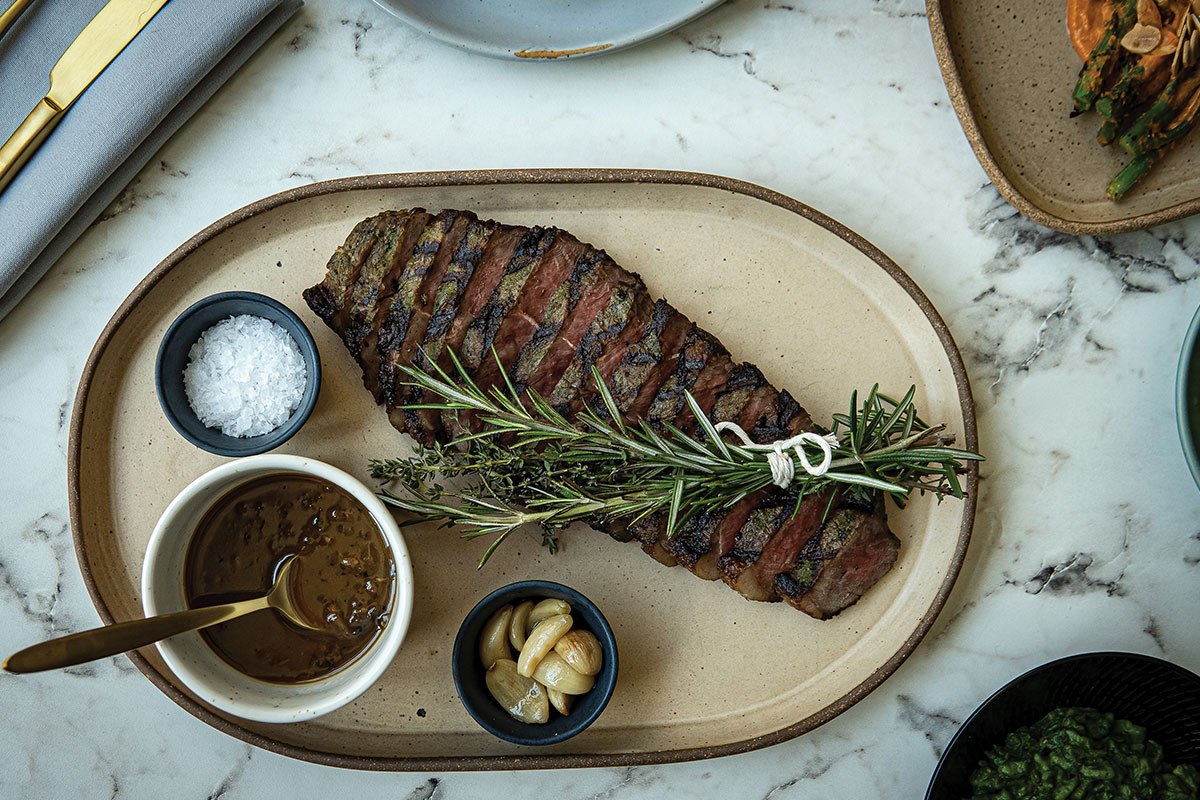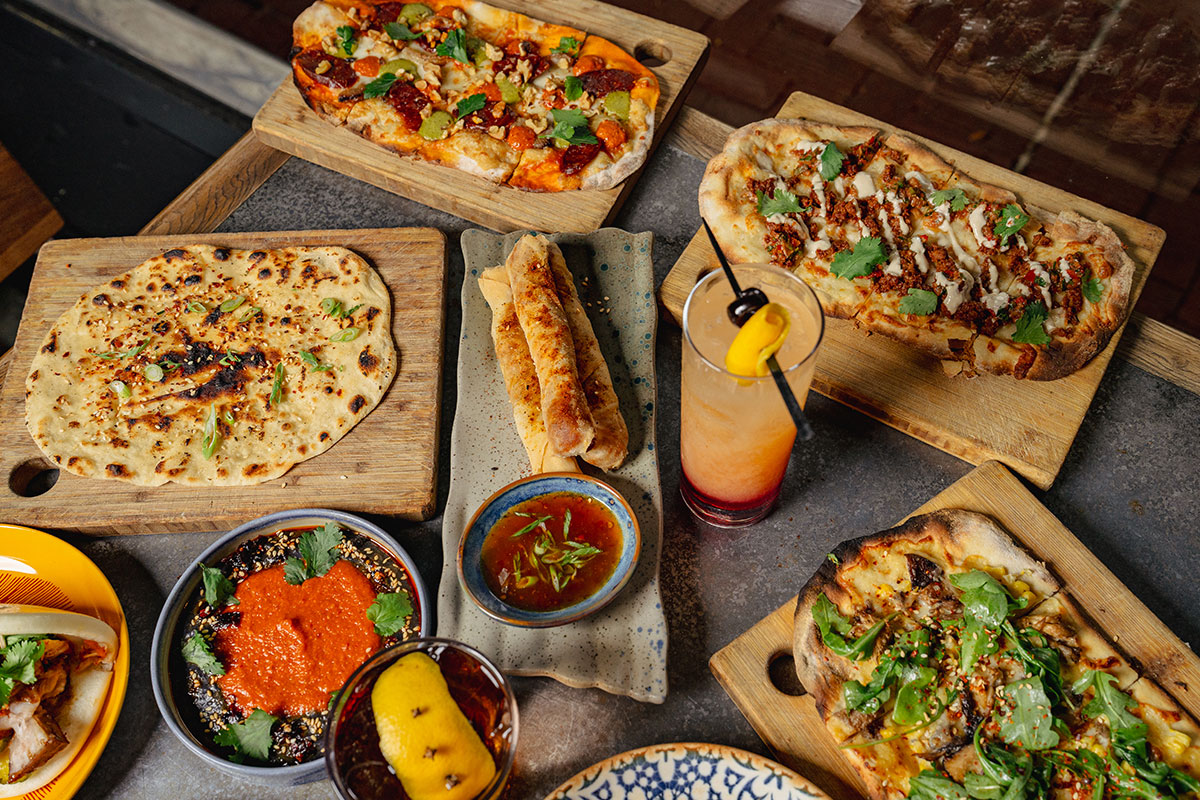You go to a fast-casual restaurant for lunch, where you stand in line and order your burger, pizza, or sandwich. After you pay with your card, the electronic device asks if you want to add a tip. Should you tip the cashier who rings up your order? Or the barista, for making you a latte to-go? And does the electronic tip money go to the worker who’s helping you?
We know to tip restaurant servers, as tips are generally the bulk of their pay. In Virginia, for example, servers are only required to be paid an hourly wage of $2.13. Some advocacy groups want to phase out this subminimum wage, with the argument that tipping has racist roots — the first minimum wage excluded restaurant workers, mostly Black people and women. But even service workers who make the minimum hourly wage, which recently rose from $11 to $12 in Virginia, often can’t easily live on that wage. Many of us feel compelled to tip, even when it doesn’t feel required.
The cashier is waiting for your decision, and you can feel the impatience of the customers in line behind you. What do you do? Do you tip or not? Are they expecting a percentage, or is $1 enough?
We’re in Tipping No Man’s Land
To find out what the post-pandemic tipping standards are, we first turned to the famed etiquette guru Emily Post. But even though the Emily Post Institute published a list on tipping in all sorts of situations, it appears to be from before the pandemic.
MarthaStewart.com published an article in September 2022 with tipping guidelines garnered from EPI. However, it does not seem to take the post-pandemic reality into consideration, either.
So we are pretty much on our own in figuring out when, where, and how much to tip.
“There are no rules right now; everything is in flux because of the pandemic,” explains Alexandria resident Timothy Long, who teaches hospitality at Northern Virginia Community College. “We’re starting to figure it out, trying to find out what everyone else is doing, and come up with the new standards.”
Pandemic Generosity Lingers On
In many cases, the COVID-19 pandemic has brought a more generous attitude toward tipping. Many people became more aware of the challenges servers and delivery people faced while working through a pandemic. When restaurants were closed, people recognized that servers were not working, so they often tipped those who brought orders to their cars 20 to 25 percent or more.
We were curious to find out how people tip now that the pandemic is mostly behind us.
“If we eat at a full-service restaurant, we still tip 25 percent or more,” says Beth Danner-Knight, an association executive from Manassas. “I find I’m also less judgmental about the service now than I was before the pandemic. If the service is really bad, I might tip only 12 percent to 15 percent, but it has to be truly awful.”
Many people we talked with agreed, saying they often still tip as much as 25 percent when they eat at a sit-down restaurant.
Counter Orders Are Controversial
Ordering at a counter, however, whether eating in or taking your food to go, is a situation in which few customers know what to do.
“For the instances where there are requests for a tip at checkout at fast-casual restaurants, like on an iPad, I usually will tip because I feel pressured to,” explains Kathy Thompson, a consultant from Reston.
Turns out lots of people feel the same way. They didn’t tip cashiers in the past, so they are confused as to why they’re being asked to tip them now. “Even before the pandemic, I noticed more and more small retailers using tablets or even phones as their point-of-sale solution,” says Seth Goldstein, a business analyst from Sterling. “The default 15, 20, 25 percent tip options seemed over-the-top since most of the services weren’t typically tipped roles. But since most of these vendors served food and drinks, I gave them the benefit of the doubt and assumed that’s how they generated their tip shares for their staff.”
Can Tips Make Up for Low Wages?
A sign on the door to one fast-casual restaurant reads: “HIRING! $12.50/hr. plus tips.”
Certainly, anyone making $12.50 an hour needs the tips to make ends meet. But the sign also makes it clear that customers are expected to make up for low salaries with their tips, which many customers don’t feel should be their role.
A Starbucks barista, who asked to remain anonymous, shares how important tips are to hourly workers. The company changed its hourly rate to a minimum of $15 nationwide in August, but that’s still not a living wage for the vast majority of Americans. Their store, like most Starbucks locations, has a tip jar on the counter and splits the tips weekly among hourly employees, based on how many hours they worked that week. In fall 2022, Starbucks nationwide provided the ability to add tips to electronic orders, too.
“People used to ask us why we didn’t have an electronic way to give tips,” the barista explains. “They really wanted to tip. And once that was added, tips went up right away.”
She adds, “We definitely appreciate the tips, and for many of us, those tips are used for gas or groceries on the way home.”
According to Indeed.com, salaries at independent coffee shops in Fairfax average $15.24 per hour. Many local baristas report hourly wages of $18 or more at their coffee shops. Either way, when you consider that $20 an hour equates to a little more than a $40,000 annual salary (assuming a 40-hour work week), at $15 to $18 an hour, workers are making less than $40,000 a year.
Needless to say, it’s pretty difficult to live on that salary in Northern Virginia, unless you have one or more other people sharing living expenses.
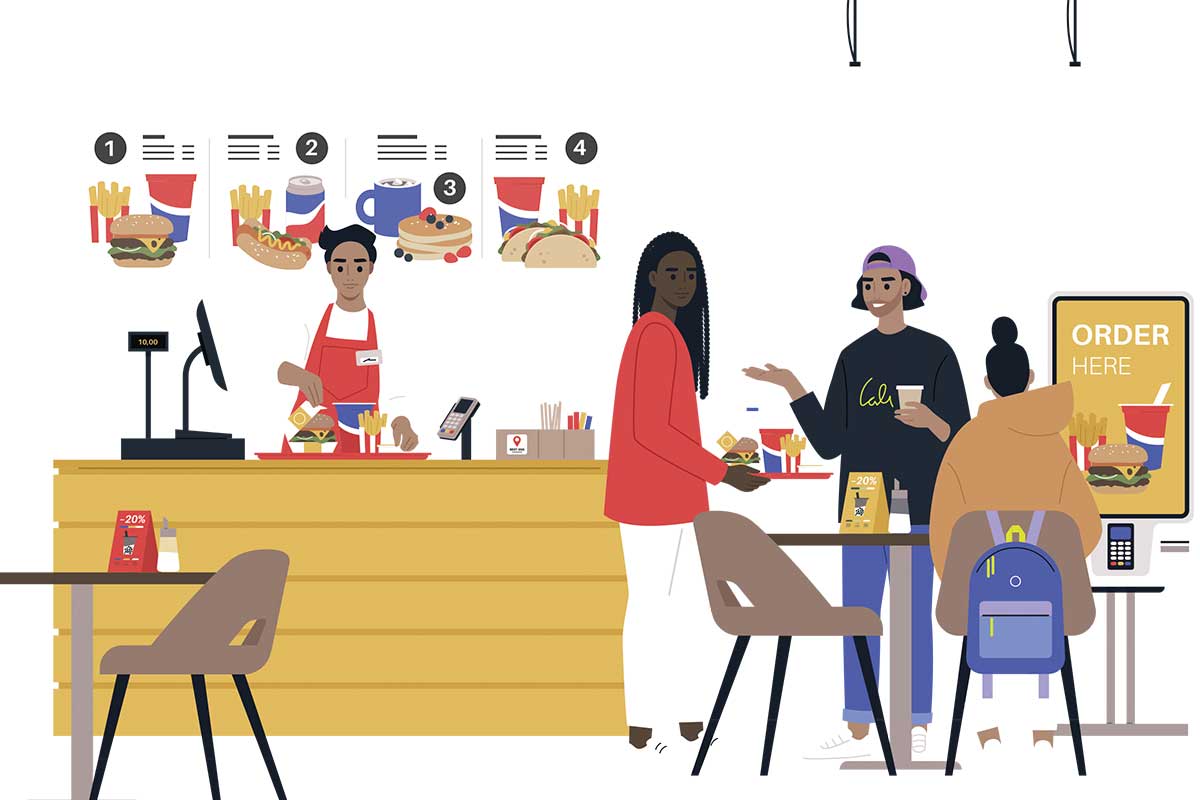
Tips for Takeout
As the pandemic eased a bit and we were allowed to step inside to pick up a takeout order, did you tip for the takeout?
Most people say they tipped if the restaurant was otherwise closed because servers were still not able to get tips by waiting on tables. Once restaurants opened back up, however, some say they saw no reason to tip for their takeout since they had not done so before the pandemic.
People who have had jobs as servers at some point in their lives report that they still tip generously post-pandemic, including for takeout, because they empathize with how hard restaurant jobs are in general.
We found that the people we spoke with who tip for takeout usually tip between 10 and 15 percent of their meal.
Delivery Is All Over the Map
Everyone we spoke with agrees that they expect to tip food delivery drivers. How much to tip is the question.
Delivery services like DoorDash, and even some restaurants, already charge a fee for delivery service, and some restaurants charge more for the food ordered through third-party delivery services than they do in the restaurant.
The drivers (called Dashers) don’t receive that fee, however. Dashers are reportedly paid about $2 or $3 per delivery rather than an hourly salary. Most Dashers say they can deliver, at most, four orders per hour, so they are earning between $8 and $12 per hour before tips.
Delivery drivers use their own cars and pay for their own gas, insurance, and repairs. How many deliveries they can make in an hour depends mostly on the distance they have to travel to deliver a customer’s food.
That’s why, in online comments about tipping, Dashers suggest considering distance rather than the cost of your food when deciding how much to tip. Both Grubhub and Uber Eats pay drivers more for deliveries that are farther away. Drivers spend more time and more for gas on farther deliveries, however, and it’s up to them to decide whether the extra pay is worth it to them.
With DoorDash, you enter the tip with your order, so Dashers can figure out if a tip has been added and roughly how much the tip is before they choose the delivery. Since they know their base pay and can see the cost of the food, some drivers say they look for the highest tips.
Other situations that might merit a higher tip are if your order is extra heavy, large, unwieldy, or requires several trips to the car to complete the delivery. If you live three flights up, delivery drivers would appreciate a larger tip for scaling the stairs, too.
If an app allows or requires tipping when placing your order, it is preferable to do so. Drivers don’t assume you will tip in cash upon delivery; they fear they will not be tipped at all. Adding a note that you’ll be tipping in cash doesn’t necessarily work because drivers don’t see those notes until after they have accepted the delivery. And since many people use contactless delivery as a means of skipping out on the tip, drivers are wary of accepting deliveries when the tip isn’t given in advance.
As one Dasher commented online, “If [you] don’t want to tip … grab your keys because no one is taking an order with just the base pay on it.”
The Bottom Line on Tipping
After surveying about 20 Northern Virginia customers about their tipping habits, as well as speaking to those who receive tips, we have consensus on one thing: Servers, baristas, and delivery drivers truly do rely on tips as a vital part of their wages.
Many customers feel, however, that the employers should be responsible for paying their workers’ wages. In DC, voters recently decided to phase out the tipped minimum wage.
But some in the service industry are pushing back: The National Restaurant Association has argued that if restaurants pay their servers standard hourly rates instead of relying on tipping, it would hurt their bottom line.
Another argument is that if they raise wages, restaurants will have to charge even more for food than they already do with inflation costs. But some Northern Virginians say they’re OK with that because it’s fairer to both workers and customers.
“If employers have to raise wages and we have to pay more for our food, it still seems like a better system,” says Danner-Knight.
“Honestly, I’ve never been a fan of how the U.S. compensates service workers with tips,” says Thompson. “I’d rather do what they do in Europe — just pay workers a higher salary and get rid of tipping.”
However, some servers are worried they would make less money if tipping is done away with. “Servers take these jobs because you can make decent money if you’re good at the job,” says a server in Leesburg who asked to remain anonymous. “If Virginia ends tipping, I would have to be paid around $24 an hour to make what I make now in salary plus tips. If I was paid $15 an hour but didn’t get tips, I would get a different job.”
For more stories like this, subscribe to our Shopping newsletter.

